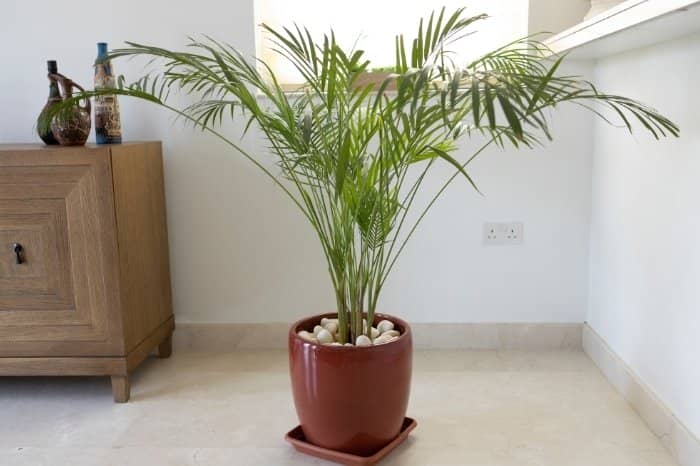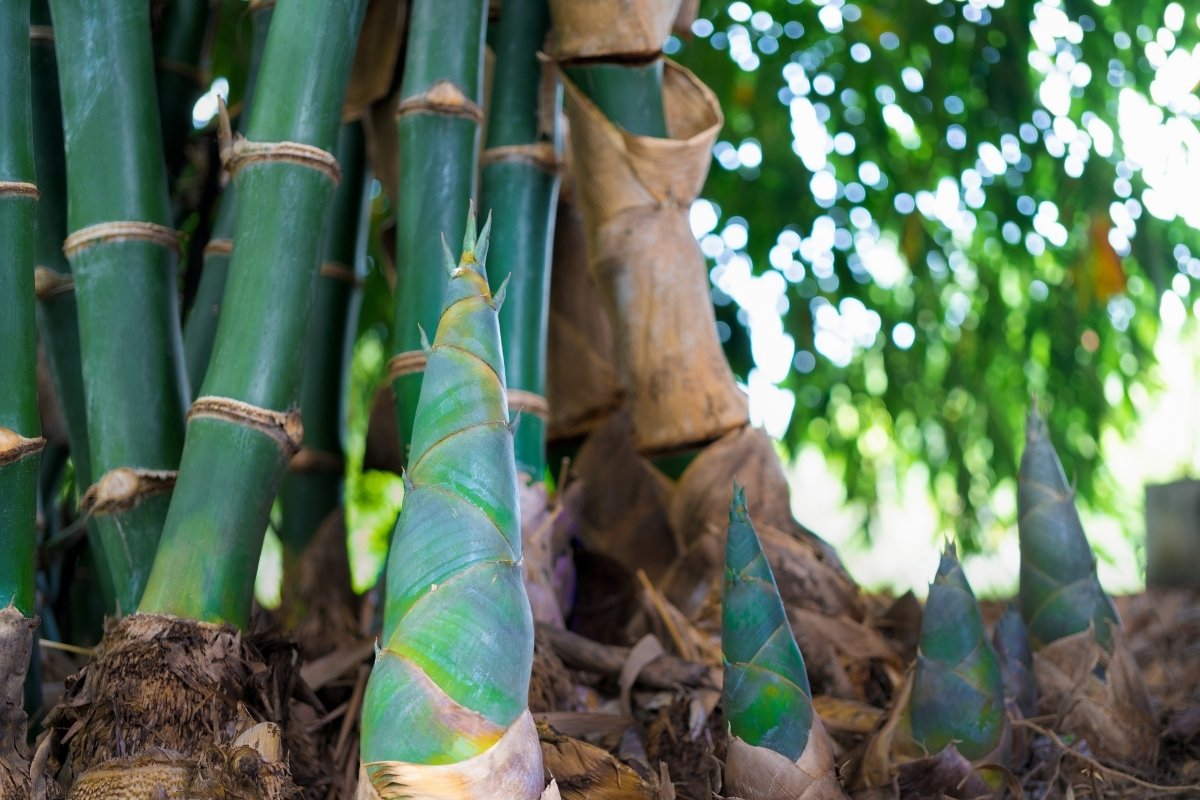Using the Best Soil for Bamboo in Pots is crucial to its endurance, health, and growth. These hardy plants are not very demanding when it comes to care and maintenance but affording them an adequate environment to meet their demands is essential.
Bamboo plants come in a variety of species. These include both short and exceptional tall types. Aside from beautifying landscapes, these majestic plants are also a food source for pandas in Asia. They also grow best in U.S. hardiness zones 4 through 12.
To prevent your bamboo from growing uncontrollably, planting them in pots is the best way to tame them. Ensuring that your plant has the right soil mixture will ward off disease and pests and provide it with sufficient nutrients, drainage, and aeration. Go through the information below to learn about planting bamboo in soil and much more!
What Soil Is Best For Bamboo
When planting bamboo in soil, there are a few this to take into consideration. For the best bamboo plant growth, potting soil that is loamy, well-drained, and contains organic sufficient organic matter is vital. Acidic soil is what suits these plants best as they prefer so ensure that you test it before planting. A pH level of 5.0 to 6.5 should be ideal for bamboo.
The best soil for bamboo in pots should contain equal parts of sand, silt, compost, and clay as it is perfect to grow these plants. This is because it is efficient at holding moisture without becoming waterlogged. It also provides nutrients and minimizes drought stress so that the plant roots and rhizomes have ample breathing space. Keep in mind that this type of soil has air pockets below the surface.

If you find that your soil has a high alkalinity level, you can amend it to grow these plants. Adding sulfur to alkaline potting soil will aid in making it acidic. Alternatively, you could opt to grow a more adaptable bamboo plant. One such type in the species is the wood bamboo plant as it grows well in both acidic to alkaline soil.
Click Here to Get Info About:
- The Best Soil For Agave Plants – A Gardeners Guide To Healthy Desert Succulents
- Best Soil For Staghorn Fern – A Gardeners Guide To Growing Rainforest Ferns
Can Bamboo Grow In Sand
When it comes to bamboo soil requirements, these plants are not extremely fussy. However, to ensure that they reach their full growth potential, using the best soil for bamboo in pots is recommended. Because of their hardiness and ability to thrive, they can endure extreme environmental alterations.
So, can bamboo grow in sand? The answer is yes! These hardy plants are tougher than others and can grow well in sand. But, if you live in a region that experiences extremely cold winters, then you should take caution when growing them as they may not fair well. When planting them in the sand, the correct procedures must be followed to secure them. This will prevent infections and diseases that affect bamboo plants.
These plants also have a small root system which is a contributing factor to their toughness. Keep in mind that for best results, amending the sandy soil with compost, silt, and clay will enhance its nutrient contract. Although bamboo does well in both acidic and alkaline soil, its preference is acid. Adding sulfur would be advised to drop the pH levels in this case.
Take Out Time to Also Read:
- How To Make Soil Acidic For Gardenias – A Gardeners Guide To Eye-Catching Foliage
- Best Grass For Sandy Soil In South Carolina – A Guide To Lush Lawns In The Countryside
How To Grow Bamboo Plants – Planting Tips
A garden or plant pot with bamboo serves as an eye-catching addition to any indoor or outdoor setting. Knowing how to grow bamboo plants is the first step in ensuring that they thrive. It is not hard to maintain them if they are planted in nutrient-rich environments, especially in hardy zones.
10 Stalks of 12 Inches Straight Lucky Bamboo
Although bamboo is excellent at providing shade to other garden plants, it grows best in direct sunlight. For this reason, it is essential to growing them in a sunny location. Listed below are tips to grow this hardy plant.
Tips – Best Soil For Bamboo In Pots
1. When growing bamboo, transplanting them is recommended as they get bigger.
2. To begin, create a hole that is twice as wide as the current plant pot.
3. Ensure that you dig the hole according to the depth of the plant container.
4. Thereafter, place your plant into the hole and cover it with soil.
5. Thereafter, add mulch at the top and over the bamboo roots. This will help the plant grow.
6. Water your plant properly.
7. Seeing that bamboo plants are known for their aggressive growth, they should be monitored. This will help protect other garden plants as bamboo can be an invasive species if not maintained.
8. If you are growing your plant in containers, ensure that you make use of the best soil for bamboo in pots.
Bamboo Plant Care Tips
Aside from the best soil for bamboo plants and growing methods, there are a few plant care tips that you should take heed of, We now know that bamboo plants are hardy and not demanding but that does not mean that they should be neglected.
Implementing the care and maintenance below is essential if you aim to grow healthy plants. These robust plants will surely beautify your indoor or outdoor space with the best care.
Care Tips – Best Soil For Bamboo In Pots
- Watering your plant twice weekly is recommended. In extreme heat conditions, a watering course three times a week is advised.
- An indication that your plant is too dry will result in curled leaves. However, recovery is possible with the addition of water.
- In arid regions, green onion bamboo grows best. This is because of its efficiency in absorbing water.
- You should fertilize your bamboo in the spring with a balanced, slow-release fertilizer. Your bamboo won’t require any fertilizer after its first year of growth. This is a result of the addition of mulch as mentioned above.
- It is best to prepare your compost pile in advance for bamboo plants. This could be made up of bark, grass, kelp, and aged manure.
- Covering the plant with a few inches of compost after planting is best.
Conclusion – Best Soil For Bamboo In Pots
You would be glad to know that there are more than 1000 bamboo plant varieties that you can choose from for your indoor or outdoor garden. However, these varieties belong to two specific groups which include running and clumping bamboo types.
Bamboo is specified as a type of grass which is evident in the clumping variety. This type is not fast spreading and has a short growth length. It is widely grown throughout the world except for extremely cold regions. Keep in mind that the plant roots and rhizomes are shallow, allowing them to grow in most soil types.
Aside from the best soil for bamboo in pots, these plants need consistent hydration to thrive. You should also know that although bamboo forests maintain longevity because of how they naturally multiply, the plant itself has a lifespan of about ten years. Under ideal circumstances, bamboo plants typically survive seven to ten years.


